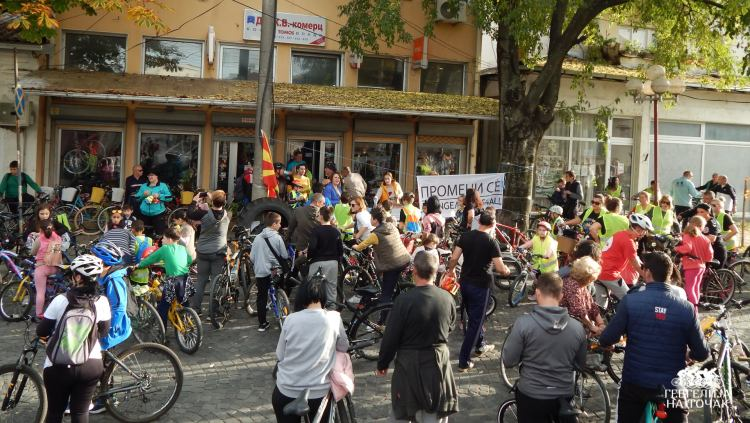The primary goal of the Skopje Agglomeration Source Apportionment (SA) study was to obtain information about pollution sources and the amount they contribute to ambient air pollution levels, as an essential tool in the design of air quality policies as required explicitly or implicitly for the implementation of the Air Quality Directives.
The AMBICON UGD Lab prepared the Source Apportionment Study for Skopje Agglomeration as part of the Tackling Air Pollution in the City of Skopje Project, which was implemented by UNDP-Skopje and SIDA– Sweden’s government agency for development cooperation and was supported by the Ministry of Environment and Physical Planning and the City of Skopje.
The project preparations and field works set up were started during the late October 2020 and officially commenced from start of January
2021, and included following activities:
- Selection of representative receptors/monitoring sites
- Sampling + Chemical speciation
- Construction of multivariate receptor model for all receptors.
Energy production, industry, traffic, domestic heating, waste management, construction sites, and agriculture were identified as having the highest share of PM 2.5 mass of suspended particles in both locations.
For both locations, 7 main factors were identified for having largest share on PM 2.5 mass of suspended particles i.e.: energy production, industry, traffic, domestic heating, waste management, construction sites and agriculture.
Take a look at recording of the results presentation, the presentation or obtain more detailed information from the Source Apportionment Study for Skopje urban area – identification of main sources of ambient air pollution




